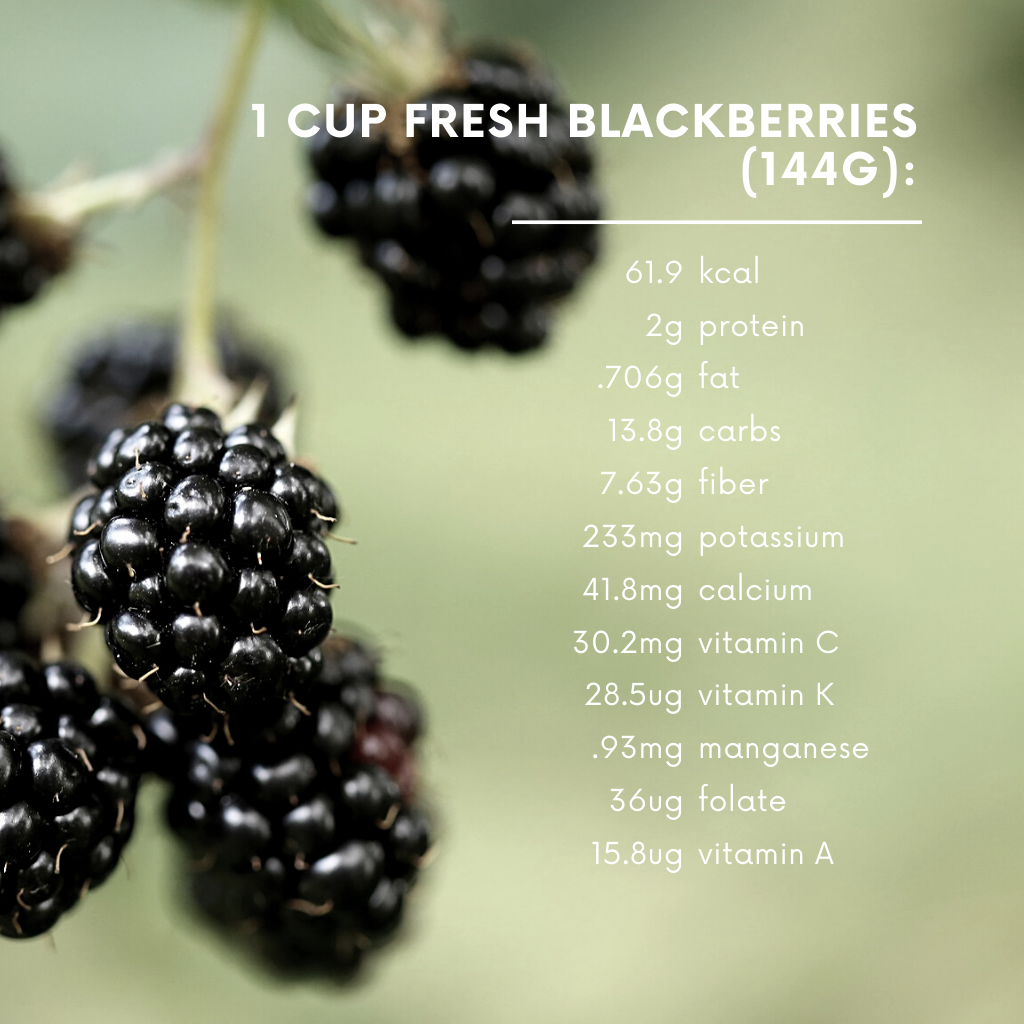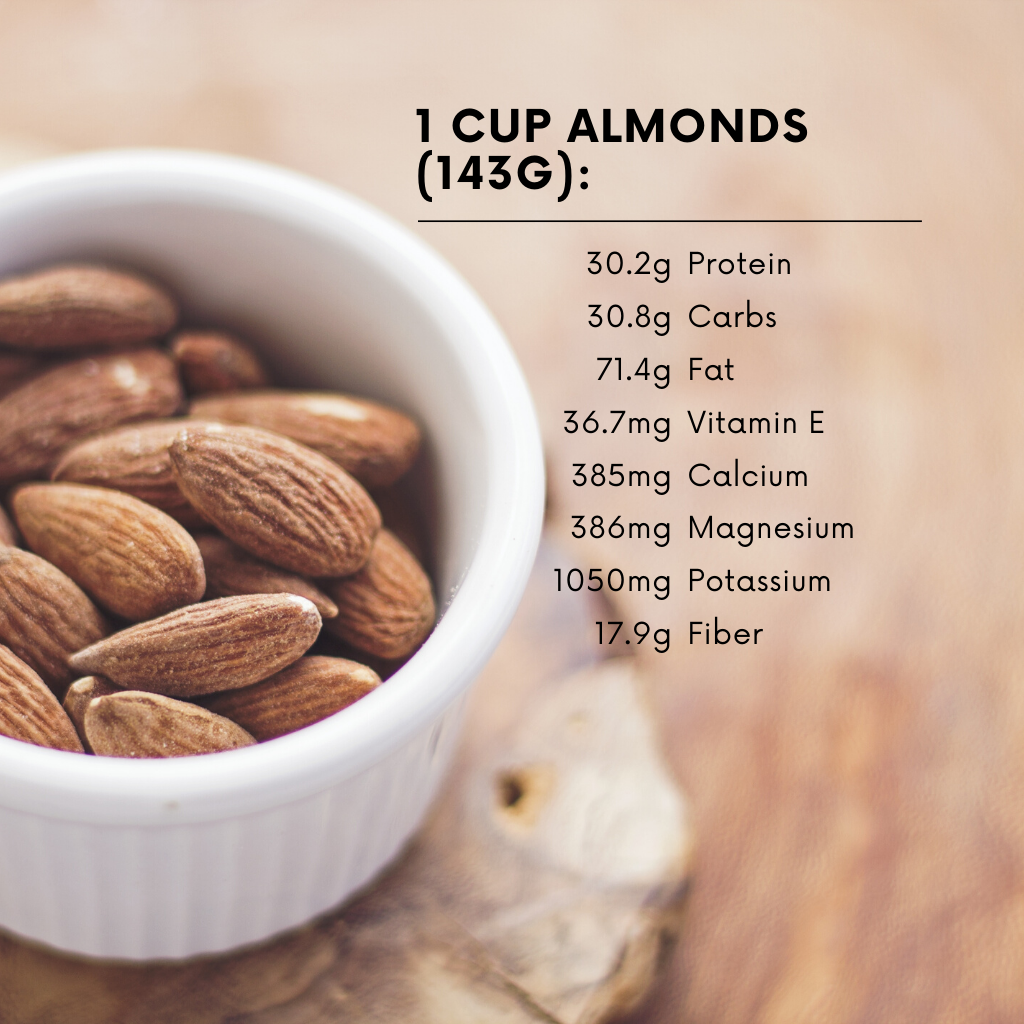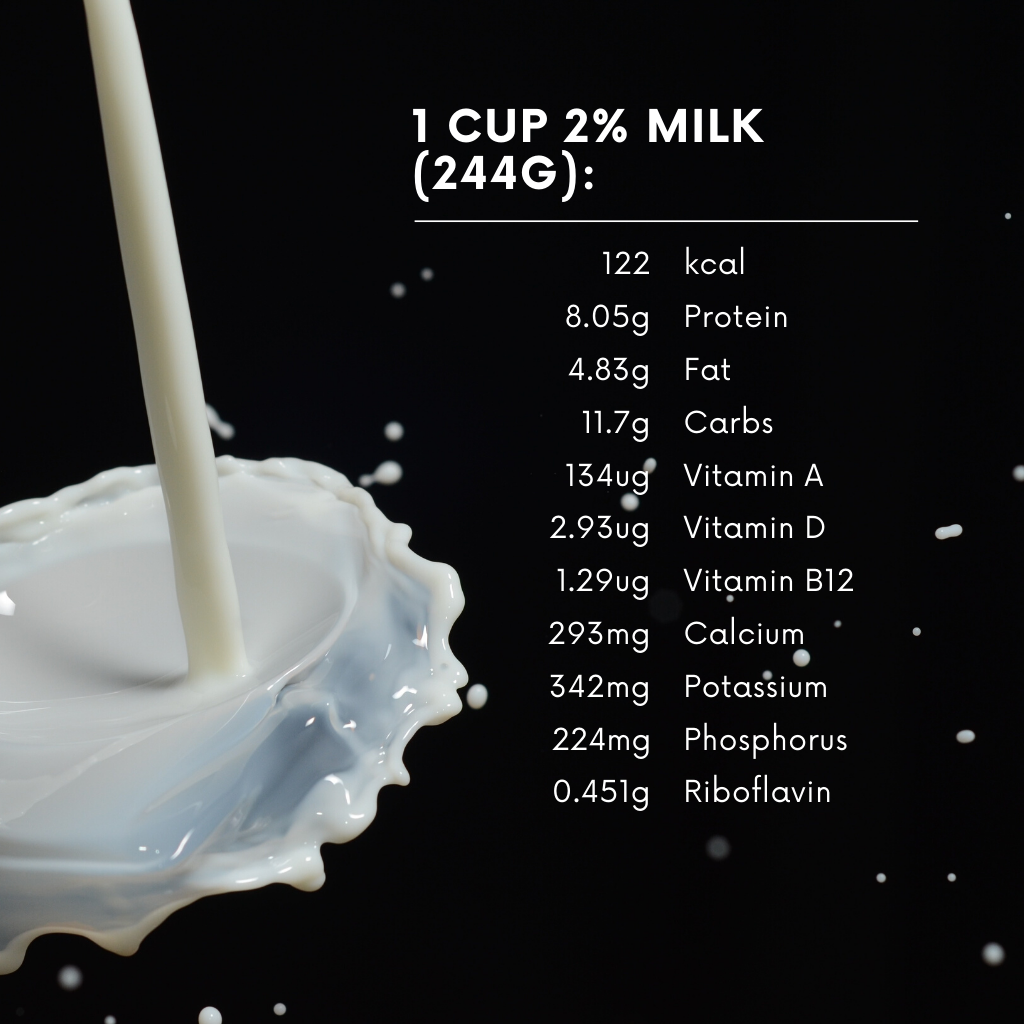Watermelons are a Texas favorite throughout the summer months and can be an easy crop to grow in most areas of the state. They are a vining crop that requires a lot of space. For this reason, they are not well suited to small gardens and should be grown only in lot-size gardens in urban areas or larger gardens in rural areas.
Watermelons grow best on a deep, well drained, sandy or sandy loam soil with plenty of organic matter. Since they are a warm season crop they cannot survive a frost. Watermelons are are ready to be harvested when they make a dull sound when thumped, when there is a change in the ground color spot, and when the tendril near the point where the melon is attached to the cine turns brown. For more information on growing watermelons, visit https://agrilifeextension.tamu.edu/library/gardening/melons/.
Watermelon is one of the most hydrating fruit you can eat – watermelon is over 90% water! In addition, it is also low in calories while being high in nutrients our bodies need, like potassium, magnesium, and vitamins A and C. Watermelon contains antioxidants that help fight off disease like cancer and may help lower inflammation. Watermelon can be enjoyed many ways, so it is easy to get all of the nutritional goodness watermelon has to offer in your diet. Watermelon is commonly eaten fresh, but can be included salsas, made into sorbets, grilled, and included in refreshing drinks to hydrate you throughout the summer.

Dinner Tonight has many great recipes using watermelon, like Aguas Frescas Watermelon and Lime, Watermelon Salad, Shrimp Tacos with Southwest Watermelon Salsa, Grilled Watermelon, and more! Dinner Tonight also has helpful tips and tricks on how to select the perfect melon and how to wash and store watermelon. Visit, https://dinnertonight.tamu.edu/page/2/?s=watermelon. For more recipes using watermelon and other wholesome ingredients, visit https://dinnertonight.tamu.edu/.
Extension Specialist
Contact: Dr. Larry Stein
Phone: 380.278.9151
Email: Larry.Stein@ag.tamu.edu





